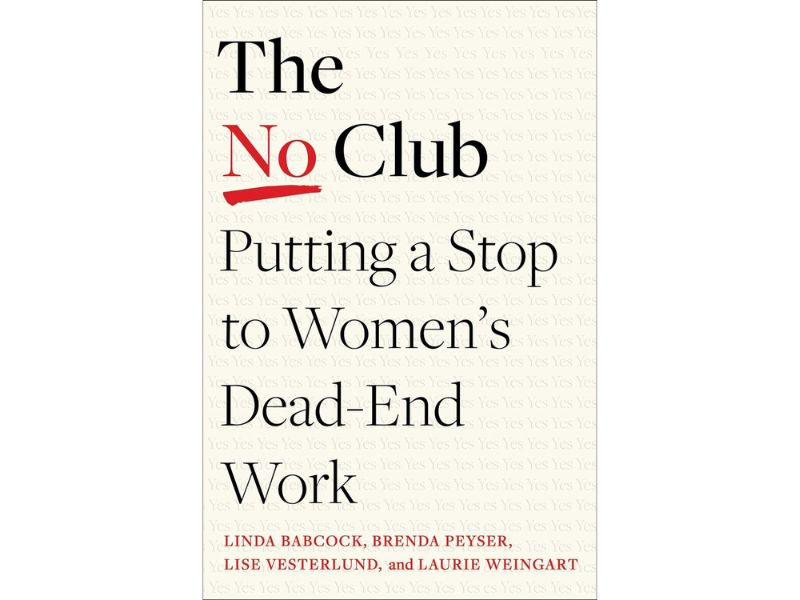
By Kellie Plummer
Annual gender pay gap reporting was introduced in 2017 for organisations with 250 or more employees.
It has since proved a powerful mechanism for reviewing and addressing the issues around equal pay at a macro level and overall the gap has been declining slowly since reporting was introduced. This is according to the Office of National Statistics. At a micro, firm-based level, however, the picture can be quite different, depending on several factors including industry sector, dominant age demographic and percentage of part-time workers, all of which can have a negative impact.
An issue of disproportionality
When considering the gender pay gap as a business leader, it’s important to distinguish that it’s not an issue about equal pay, which is governed by law, but the difference in average earnings between women and men, which makes it more an issue of disproportionality.
For companies with larger gaps, this could mean that there are fewer women in higher-paid, more senior roles or fewer highly qualified women in skilled roles. So, when working out how to address their gender pay gap, firms would be advised to examine the drivers of disproportionality and to identify the structural and cultural barriers behind it, in order to develop strategies to close the gap in a meaningful way.
There are essentially three levers that businesses can pull to help address many of the underlying issues.
Hire more
Hiring more women, especially into senior roles, relies on having a large enough pool of female talent to fish from. Especially in traditionally male-dominated industries, such as technology, financial services and construction, this pool may realistically be more of a puddle, so it’s vital that companies do everything within their gift to support more viable female applicants.
Job descriptions and adverts need to be worded with care, to ensure they are gender-neutral and inclusive. For example, research shows that women are unlikely to apply for a position unless they meet 100 per cent of the requirements. Whereas men are more likely to apply if they only meet 60 per cent of them. So focusing on transferable skills and ‘nice to have’ requirements versus ‘must haves’ also helps to address this. The provision of in-house training opportunities, for candidates who may offer many of the right qualities and experience but have some skills gaps, could also prove effective.
Transparently advertising pay bands and openly confirming that previous salary information will not be requested may also attract more female candidates, giving them more certainty about future pay and it is awarded on merit.
Along with emphasising flexible and family-friendly benefits that can appeal to women, firms need to review their referral mechanisms and platforms for recruitment. This could include exploring a wider range of diversity-focused job boards and engagement with relevant professional women’s communities, both on and offline. Firms can also simply ask team members to refer any potential female candidates within their networks, especially for senior positions and in more male-dominated industries.
Develop more
Staff development is key to addressing disproportionality, as it’s about supporting women via ongoing training in more senior and better-paid roles. Succession planning often stops short of addressing gender balance right through the pipeline and one way to counter this is to find an equal number of potential male and female successors at any level within the company and invest in an acceleration programme that effectively aims to level up when they will be ready to take the reins.
Coaching and mentoring are also highly valuable and when senior women are involved, offer the added benefit of role modelling. This doesn’t have to be via a formal corporate programme, and indeed can often work better if it’s a more organic relationship, where meetings can simply be recorded within the current learning management system.
It’s equally important to also offer opportunities to build knowledge of how the company works outside of individuals’ own roles or departments, which could include offering work shadowing, secondments, involvement in project-based work or leading internal working groups or committees.
This all helps to ensure that female talent is provided with both the roadmap and learning opportunities to advance up the salary scale.
Retain more
Having recruited and supported women up the career ladder, a firm needs to retain them. Women still face a number of societal barriers to staying in the workplace, as gender is primarily impacted by parenthood and other caring responsibilities. The menopause can also have a notable impact.
That Works For Me’s Careers After Babies report reveals that the number of female managers drops by 32% after having children whereas the number of admin roles increases by 44% and that a shocking 85% of women leave full-time employment altogether within three years of having their first child. Combine this with one in 10 women leaving work because of symptoms of menopause and around 350 women with caring responsibilities leaving the workplace per day, and we can see the scope of the challenge that still exists.
Prioritising being a flexible and family-oriented organisation is key to retention, with emphasis on the message that flexibility does not limit career mobility. Strategies could include phased returns and fast-track career development programmes following maternity leave. Other options include job share, flexi-time or part-time working arrangements and allowing adjustments within the workplace to help women cope with menopausal symptoms.
It’s also really important that family-friendly and flexible working arrangements and benefits are equally communicated to and aimed at men and that organisations create a culture where men feel comfortable to engage with these, to help address the current imbalance of caring responsibilities.
In summary, there are no quick solutions to addressing the gender pay gap. By focusing on these three key areas, business leaders will be able to keep influencing positive progress towards a more equitable future.
About the author
Kellie Plummer is Global People Director at Progeny, a B Corp-certified company.
With over 25 years of experience in people management, Kellie brings a wealth of expertise in attracting, developing and retaining people
Before joining Progeny, Kellie held key roles at AJW Group, City & Guilds, Bupa Global, and England Rugby. Kelly spent four years working in Sydney, Australia, where she was involved in major people transformation projects.
Kellie holds a Master’s Degree in Human Resource Management from Huddersfield Business School and is passionate about organisation design, reward and leveraging behavioural insights in the workplace.
Outside of work, Kellie enjoys horse riding, dog walking, and entertaining her 9-year-old twins. She can often be found hiking across the West Sussex countryside.
Connect with Kellie on LinkedIn to learn more about her work and experiences.








